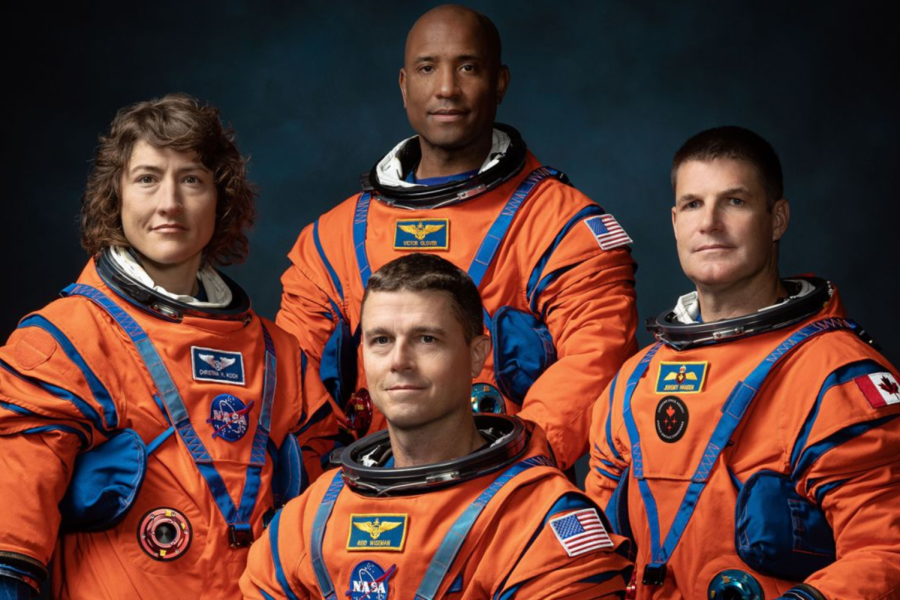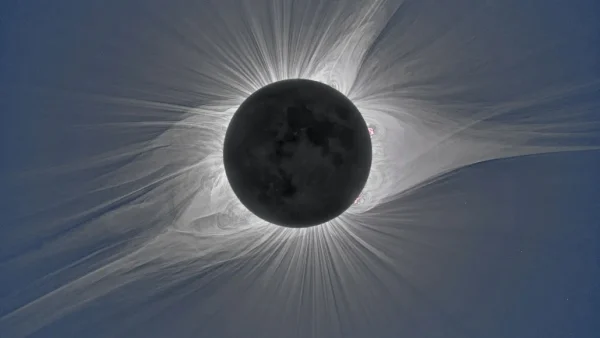Artmis II paves the way for Artmis III
April 21, 2023
On July 20, 1969 Neil Armstrong, Edwin Buzz Aldrin and Michael Collins were the first astronauts to land on the moon. Now, 50 years later NASA is returning to the moon but this time on a mission for the future!
November 2024 will be the first crew mission of NASA’s Orion spacecraft, called Artemis II. The unique thing about Artemis II is that it will regenerate functions of Artemis I by using the Orion spacecraft and launch system SLS rocket, the difference is to see how useful the equipment is in deep space missions like Mars. Artemis II’s goal is to fly by the moon in 21 days with crew aboard.
“This mission will prove Orion’s critical life support systems are ready to sustain our astronauts on longer duration missions,” Artemis mission manager Mike Sarafin said. The flight is also predicted to pave the way for Artemis III to have the first woman to land on the moon.
The crew on board will be four astounding astronauts from NASA’s Kennedy Space Center in Florida. The spaceship they will be using is a Block 1 configuration which consists of a core stage, two five segment solid rocket boosters (SRBs) and an upper stage; all of these elements have previously been flown on Space Shuttle missions. Orion will raise its orbit with the hope of Earth’s gravity to pull Orion back to Earth after flying around the moon. When reaching out into space, Artemis II will go around earth twice first to make sure all Orion’s systems are working as expected when still close to home. During its first orbit, Orion will fly in the shape of an eclipse with an altitude of about 115 by 1,800 miles, that’s calculated to be 2,640 feet per second.
The orbit is suggested to last a little bit over 90 minutes and will have the ICPS (Interim Cryogenic Propulsion Stage) maintaining Orion’s path for the first time. ICPS is supposed to lessen disruptive behaviors. After the first orbit, the ICPS is to raise Orion into a high orbit meaning it will enable the spacecraft to build up enough speed for the gravitational push to the moon. Then Orion will separate from the ICPS. While all this happens mission controllers at NASA Johnson Space center in Houston, TX will monitor as the ship approaches and backs away from the stage to assess Orion’s handling qualities and software. This demonstration from the cameras will show performance data and operational experience for the next Armis III mission!













